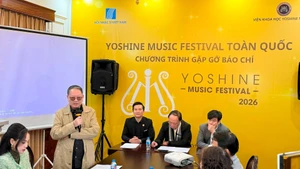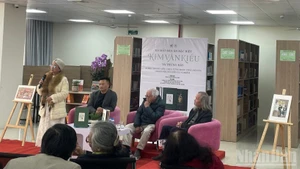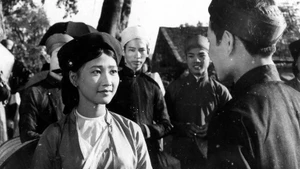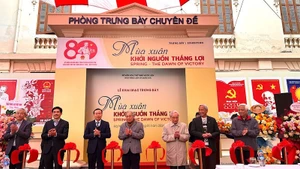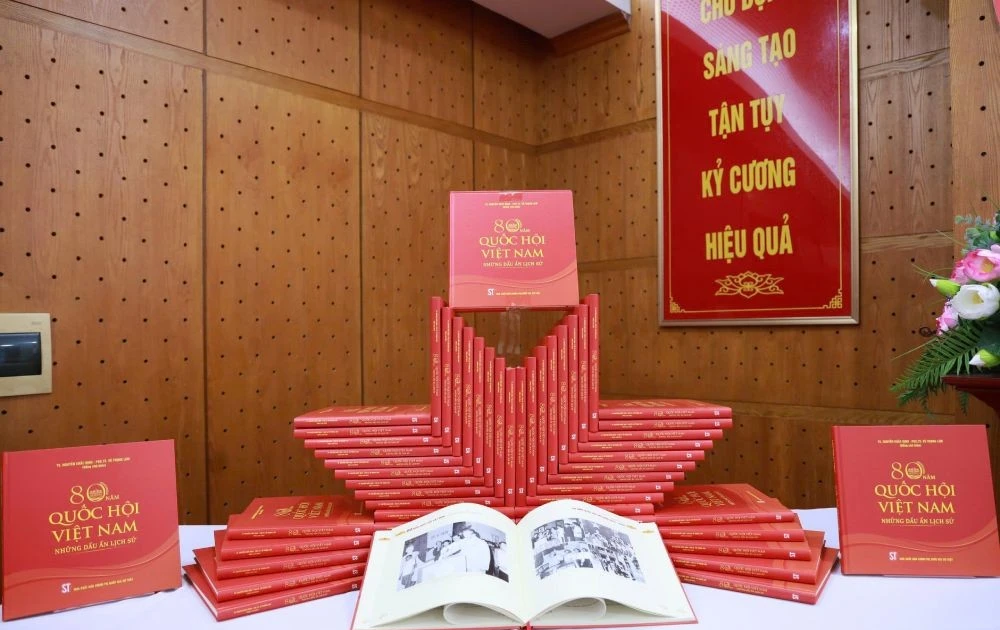The provincial Department of Culture and Sports and the Vietnam Institute of Archeology hosted a conference to announce the early results of archaeological excavations of the Chau Thanh Tower remains in Nhon Thanh ward, An Nhon town, Binh Dinh on August 18.
Pham Van Trieu, deputy head of the Historical Archeology Department at the Institute of Archeology, said the unit has uncovered three architectures of two distinct stages based on stratigraphy, building techniques, and construction materials.
Bricks, tiles, ornamental ceramic pieces, laterite, many statue fragments, porcelain, and small pieces of gold were also found, among many more antiques, architectural materials, and stoneware.
Trieu believes that the findings of the third phase continue to provide crucial information for verifying the official scale of the Chau Thanh Tower and pinpointing the site of the main temple.
"Through the findings, it can be said that this ruins exists a large-scale tower architecture, and reflecting the entire historical period of the ancient Champa capital," he said.
The third excavation also helps identify the oldest date of the Chau Thanh Tower remains in the 4th to 6th century.
Similar findings were discovered in ancient architectural works at Tra Kieu Citadel (Quang Nam), Co Luy (Quang Ngai), and Ho Citadel (Phu Yen).
They are evidence of the three-hundred-year era of territorial unification, which created a common nation.
Notably, the results of the excavations at Chau Thanh demonstrate the early impact of Hindu culture on the spiritual lives of the Cham people.
Le Dinh Phung of the Vietnam Association of Archeology, said the remains of Chau Thanh Tower are one of two large-scale ancient Cham architectural works that shed light on historical evidence of the initial capital of the Lam Ap Kingdom in Binh Dinh.
Phung added that this archaeology would contribute to the clarification of Binh Dinh’s culture and history as well as Champa's historical culture after it has been merged into the Vietnamese cultural flow.
Huynh Van Loi, deputy director of the provincial Department of Culture and Sports, praised the archaeological findings at the Chau Thanh Tower.
The cultural sector of Binh Dinh plans to collaborate with the Institute of Archeology and scientists in order to continue investigating and clarifying the literary, historical, and religious significance of the Chau Thanh Tower ruins.

